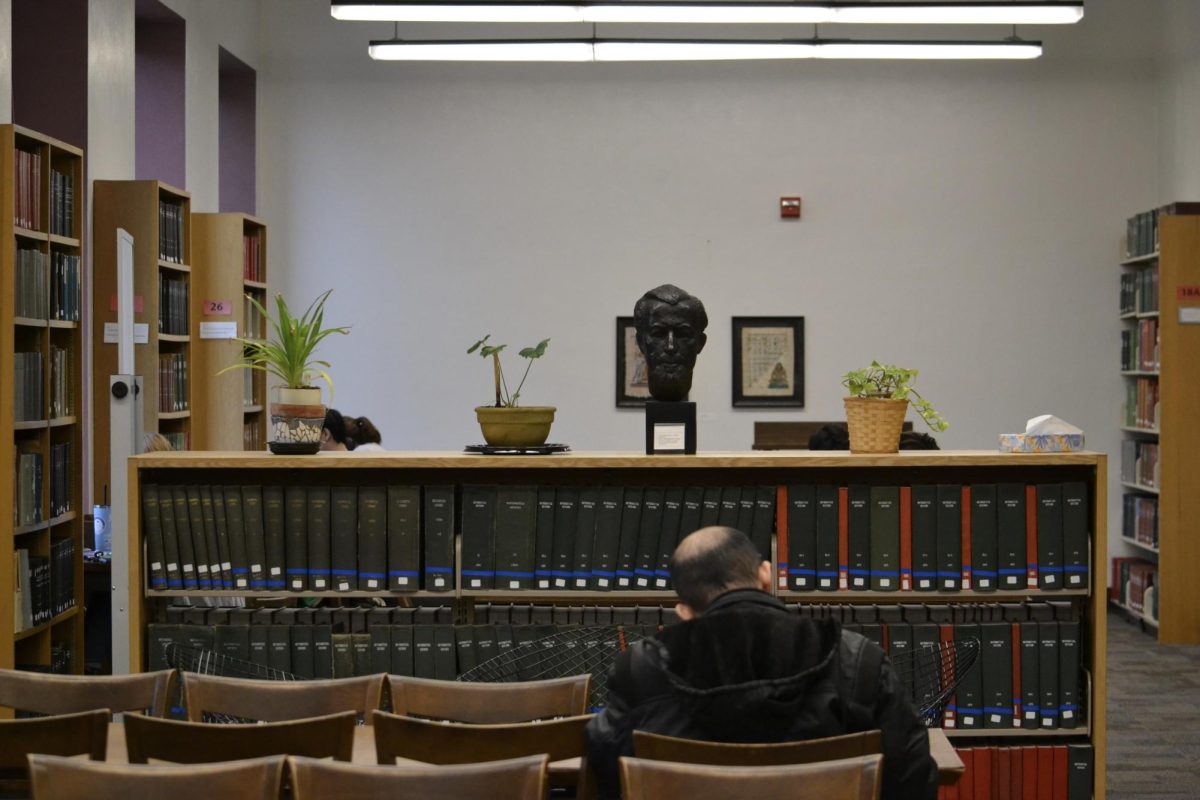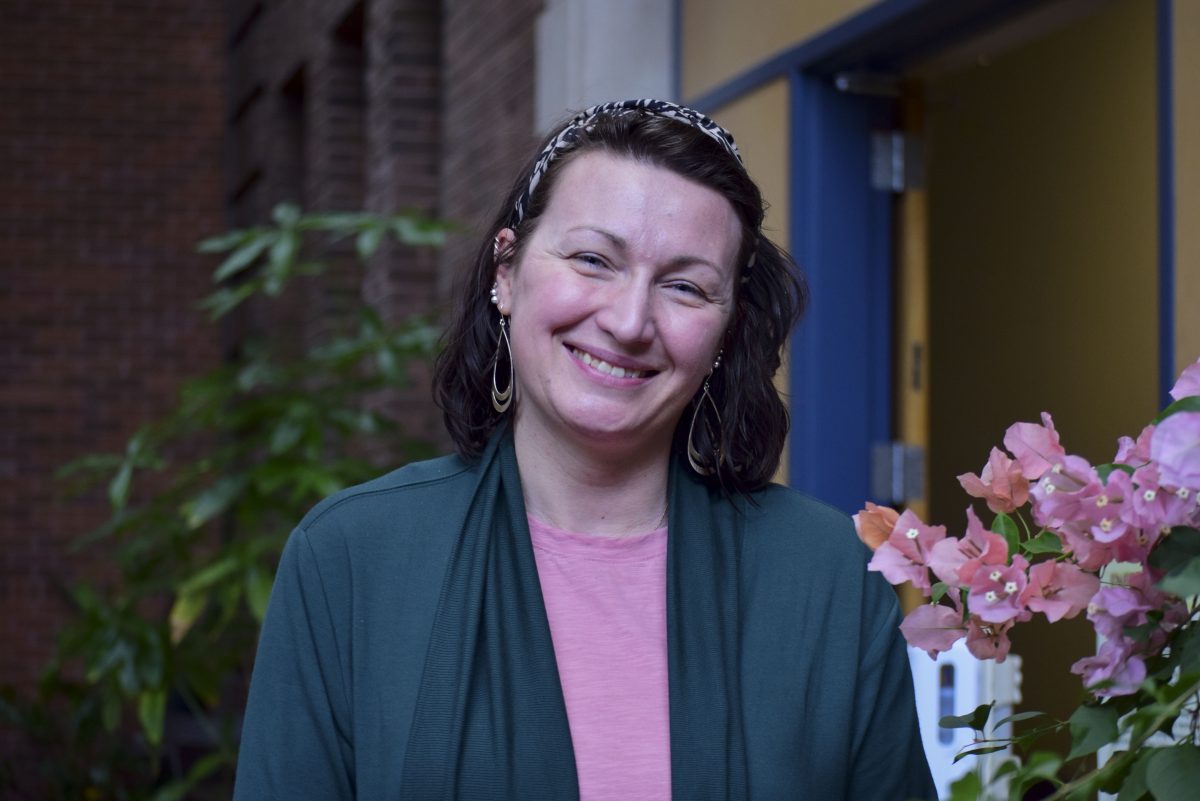One of the largest building projects on campus is not just going to help the University of Minnesota research cancer — it’ll help the school do so sustainably.
Located north of TCF Bank Stadium, the University’s Biomedical Discovery District will house about 700,000 square feet of energy-efficient research space by its projected April completion.
The $292 million project will incorporate a green roof, light-harnessing windows and a storm water runoff reduction system.
Heating and cooling laboratory buildings in an energy-efficient manner can be challenging because the chemicals used in laboratories make the air unsuitable for re-circulating through buildings, said Rick Johnson, director of project delivery for University Capital Planning and Project Management.
“It’s difficult on a laboratory type of project because your heating system and ventilation system is much different than a classroom and an office,” Johnson said.
The BDD buildings will utilize energy recovery wheels to pre-heat and pre-cool air outside of most of the laboratories, reducing the amount of energy necessary to heat and cool the labs.
“Energy recovery extracts the heat from the exhaust area, bringing it back into the incoming fresh air so you don’t have to burn all fresh new fuel to get that heat over again,” said Dan Handeen, research fellow for the College of Design’s Center for Sustainable Building Research.
Handeen said since Minnesota has to use a lot of energy for heat, it’s good the University is taking steps toward energy efficiency in new buildings.
The buildings are connected by a central chilling system that allows air conditioning to be transferred from building to building.
“We can capture additional cooling in one building and move it to another building, and I think that’s a very sustainable feature,” Johnson said.
The district also has a storm water retention system that filters and slows rainwater flow to minimize pollutants before entering the city’s water system.
A green roof made of plants on one of the buildings will also assist with storm water control and reduce heating costs.
Johnson said sustainability was a part of the buildings’ design throughout the entire process.
“At the various stages, you’re going through what sustainable options are available and which ones make the most sense,” he said. “So it’s a part of the thinking from the very beginning.”
Chris Wright, who works as a building coordinator for the district’s McGuire Translational Research Facility, said it’s important that the University is trying to increase energy efficiency in a laboratory setting.
“I like the fact that the [University] is really working toward being sustainable and it’s not just a paper-gobbling university,” Wright said.
Another feature that will help the buildings save energy is daylight windows, which project sunlight farther into buildings. Paired with lights that adjust according to sunlight, these windows will minimize electricity use.
The windows, which maximize natural light in the buildings, also create a good working environment, said Nicole Wilkinson, a research coordinator at the district’s Center for Magnetic Resonance Research.
Wilkinson said she appreciates the University’s sustainable building efforts.
“It’s a good focus for the [University] to go into,” Wilkinson said.
The BDD’s sustainability efforts are especially relevant because of the type of work done there, Handeen said.
“If we’re doing all this research for science in the first place, what’s the point if it’s a nasty polluted world that we inherit?”










